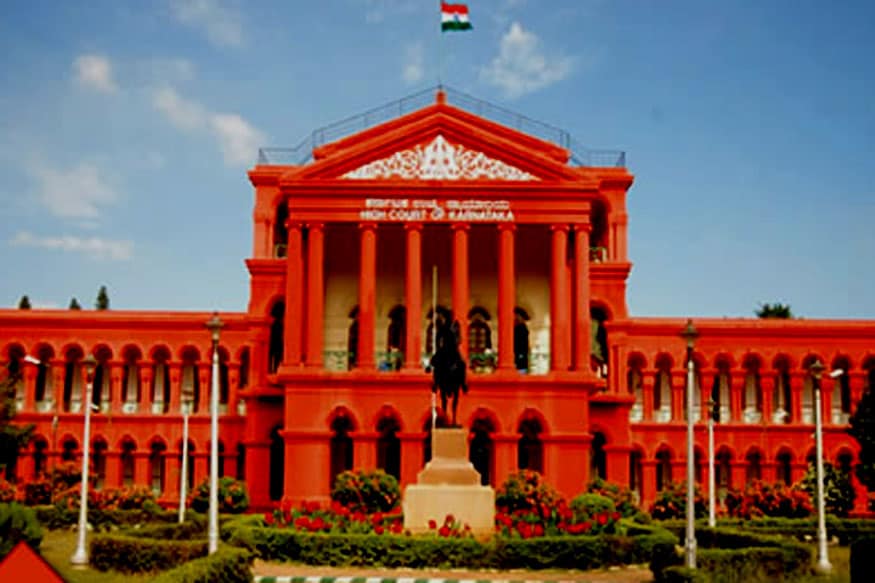Thanks to my dad’s career in defense service, we had an opportunity to relocate to the city about three decades ago. And after retirement, my parents continue to call Bengaluru their home. After graduation, I moved to Mysuru for my Masters, and continued to come back to the city after my stints around the world.
Let’s look at the question from two dimensions – what’s changed in Bengaluru; and what remains the same.
With all the chaos one sees around the sprawling metropolis, I am inclined to give A+ to the civic authorities including BBMP, BWSSB, BESCOM and even local Police. For a population of 13+ million
Let’s look at the question from two dimensions – what’s changed in Bengaluru; and what remains the same.
What’s the same?
- Air quality and Pollution issues – In the nineties and early part of the millennium, there were lot more open spaces. Parthenium menace would plague the city and those with Bronchitis and Other lung diseases would be advised to move out or cope with it. Thanks to urbanization, the city has turned into a concrete-jungle; and Parthenium and pollen pollution has given way to C02 and sulfur pollution. Those with Bronchitis and other lung diseases are still advised to move out or cope with it.
- Kannadigas vs Kannada-gotilla Camps – Bangalore always enjoyed a large influx of migrants from across the country. Thanks to the large presence of military, research and Public Sector undertakings (HAL, NAL, DRDO, ISRO, BEL, BHEL, BEML, HMT etc etc), the city has always had a cosmopolitan feel. Some new migrants have tried to assimilate by learning the local language, while others in transferable jobs have also managed just as fine without doing so.
- A few tree lined streets – A stretch in Malleshwaram, Basavagudi, Jayanagar or CV Raman avenue and a few other pockets continue to be tree-lined. Similarly, the city continues to enjoy a few lung-spaces like Cubbon-park, Lalbagh.
What’s changed?
- Gardens have given way to tech parks – Bengaluru has long enjoyed the moniker of ‘garden city.’ But the gardens have given way to massive tech parks, especially in the South and South Eastern part of the city. This is perhaps the greatest change we are seeing around. While the influx of folks in Defense and PSU sectors continue, influx of millions of tech-generations has transformed the southern part of the city.
- Tree lined Houses with gardens in residential neighborhoods have given way to multi-story flats. Influx of lot more people in the same parcel of land is increasing the population density
- Unregulated construction, citizen and builders flouting zoning regulations. Large multistory apartment complexes have mushroomed in the interiors. Builders don’t bother to work with civic authorities to provision access driveways to main-roads leaving new residents scratching their heads in frustration.
- A generation ago, lot more people used bikes, scooters and even bicycles to commute. Now most middle-class families living in small apartments and houses have cars but nowhere to park. They park their cars on streets in front, further choking narrow streets.
- Cyclists are almost extinct on main roads. I loved riding a bicycle for the four-kilometer stretch to Malleshwaram during my college days. It is unthinkable to even imagine navigating that stretch in today’s busy traffic!
- Perennial construction and digging around – you can’t drive a few hundred meters on a major road without seeing some roadwork or construction debris from adjacent lands blocking parts of the road. But isn’t it the same in rest of the country?
- Cost of living has increased – Old timers complain that housing is much more expensive, eateries and darshanis charge more etc.; But isn’t it the same in rest of the country?
- Density of population and traffic chaos - Outer, peripheral and other ring roads are choking. But isn’t it the same in rest of the country?
So, what does all this mean?
With all the chaos one sees around the sprawling metropolis, I am inclined to give A+ to the civic authorities including BBMP, BWSSB, BESCOM and even local Police. For a population of 13+ million
- Residents don’t experience frequent blackouts like in other third world Metropolis. A few power-cuts are primarily due to constructions in neighborhoods, not because the system is failing!
- A large portion of the city gets fresh Cavury, ‘corporation’ water, which is not a small task
- If you are so inclined to go green, BMTC and Namma Metro continue to provide an above-average service for commute within the city. Taking public transit beats riding a bike or driving a car on choked roads any day!
- Although residents come to grips with occasional incidents of robberies and theft, the Police by-and-large keeps the city safe!








